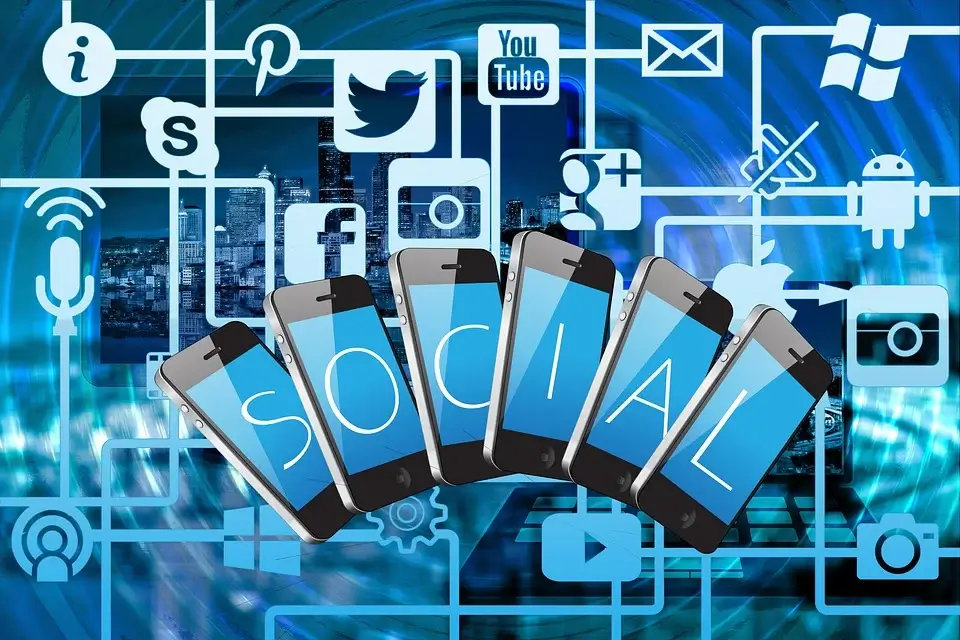
Essential Requirements for Online Education
November 2, 2021
Mobile Apps Are Essential for an Easy E-Learning Experience
January 9, 2022A chatbot is an application-based conversational agent accessed through mobile electronic devices and computers. The first chatbot was developed in 1961 by an MIT Professor named Joseph Weizenbaum and was named “Eliza.” Since then, many application developers have continued to improve the chatbot.
Also called chatterbots, conversational capabilities have become a powerful tool in everyday online activity. It can decipher texts and words and respond appropriately to conversations almost the same way as a human.
Keywords are relevant to questions, queries, and corresponding answers designed in the chatbot’s processing system. They are intelligent virtual assistants that can make small, casual talk, and they are also used to respond to queries on messaging platforms, weather, road directions, news, and the stock market.
Chatbots are very relevant in education, and they assist in providing solutions to different issues, making way for better learning. Visually, a chatbot looks like an avatar or an animated film character, with audio and text capabilities.
It is significant to state that the more a chatbot engages in conversations, the more intelligent it gets. Common chatbots are the Siri of the Apple iPhone, Goggle Allo, and the Cortana in Microsoft products.
Chatbot in E-learning
Studying is made more accessible, and with the advent of artificial intelligence, chatbots have gone through numerous transformations and designs. They are packed with suitable educational content to create a longer collaborative time for online learners.
Distance learning is an area of educational services that has significantly leveraged the usefulness of a chatbot. Students access tons of information as they get quick responses to their inquiries from the bots. The unavailability of human presence due to time and seasonal factors is a thing of the past with the inclusion of chatbots in delivering educational services. Chatbots are a helping hand in teaching methodology.
Artificial intelligence has created new possibilities for students, creating solutions to their educational needs in personalized ways. A chatbot can attend to each student individually simultaneously and from multiple sources and locations, unlike a teacher could. Chatbots can also send notifications and reminders to students concerning tasks, assignments, or lecture times.
Chatbots are customizable.
Each pupil learns and absorbs their lessons at an exclusive pace, even if wired for a particular coaching technique. They understand and assimilate at a comfortable pace.
Consequently, one of the practical benefits of getting educated through a chatbot is its flexibility and potential to evolve to a specific student’s unique wishes and necessities.
Chatbots have extensive usage and capabilities, be it coaching human beings how to construct websites, learn a new language, or something extra general like training children in Mathematics. Chatbots can adapt to the pace at which every student is learning comfortably – without being too pushy and overwhelming.
A chatbot is a learning source.
One of the most thrilling learning elements of a chatbot is that its application interacts on both tiers; on a single person and in groups.
Students from various backgrounds and educational foundations can share their views on a specific thing, even as the chatbot adapts to each one of them individually. Chatbots can improve engagement among college students and encourage interaction with the relaxation of the class via assigning teamwork and tasks – similarly to what teachers typically do in regular classes.
Distant learning and online assessments
In a class that has quite a large population of students, giving personalized care and interest to each student turns nearly impossible for teachers. That is an aspect where chatbots save the day. They can take the burden off the teacher’s shoulders, but they can also attend to one or more students concurrently.
Chatbots are not constrained to answering queries and providing information. They are pretty resourceful to the instructor or teacher by pointing out spelling and grammatical errors with precision, checking homework, assigning tasks and projects, and, more importantly, monitoring and keeping track of students’ development and achievements. A human is limited in many ways to achieve this. Bots have an infinite potential to support and analyze all information at a go.
Time Management
Tutors can use chatbots to simplify everyday tasks and responsibilities. Chatbots may serve as a supporting hand to the teachers in dealing with simple queries via allowing bots to answer students’ questions every time they ask one or even take a look at their homework. Ultimately, they offer teachers more time to work with their students on a one-by-one basis.
More benefits of chatbots for learners are:
- Conversational services and chatbots will bring improvements in how people access and engage with eLearning.
- Chatbots prevent the usual one-way conversation and uninteresting training materials with unique content personalized for each student.
- Chatbots learn fast and attend to problem-solving challenges effectively.
- They are fun and straight to the point.
- Learners who are weak in learning are not embarrassed to converse with a chatbot; by doing so, the students build their confidence.
- Learners can ask any question, even if outside the scope of their learning curriculum.
- Chatbots provide comprehensive remarks for trainers.
- Administrators responsible for monitoring the conversation flow of the chatbot and learners ensure the conversation is appropriate.
- Chatbots are easy to communicate with, appeal to learners of every age, and provide highly visual solutions to everyday questions.
- Chatbots interact like humans. They can have interaction packed with humor and intelligence.
- Chatbots have language switch capabilities through their in-built language switch feature and can converse effectively without language barriers. They are accessible on mobile devices making possibility for on-the-go learning.
The entire world is evolving in leaps and bounds in ways never imagined. Education is also following this trend. Before the Coronavirus occurred, a population of about 250 million college students had been attending formal location-based schooling each year. However, this change in times has negatively impacted the Education industry and forced it to evolve.
It’s not an understatement to conclude that chatbots will play an essential role, now and in the future, especially for people with special needs or those in remote places. Going to a physical classroom is no longer the norm, and a chatbot will effectively play a human teacher.




